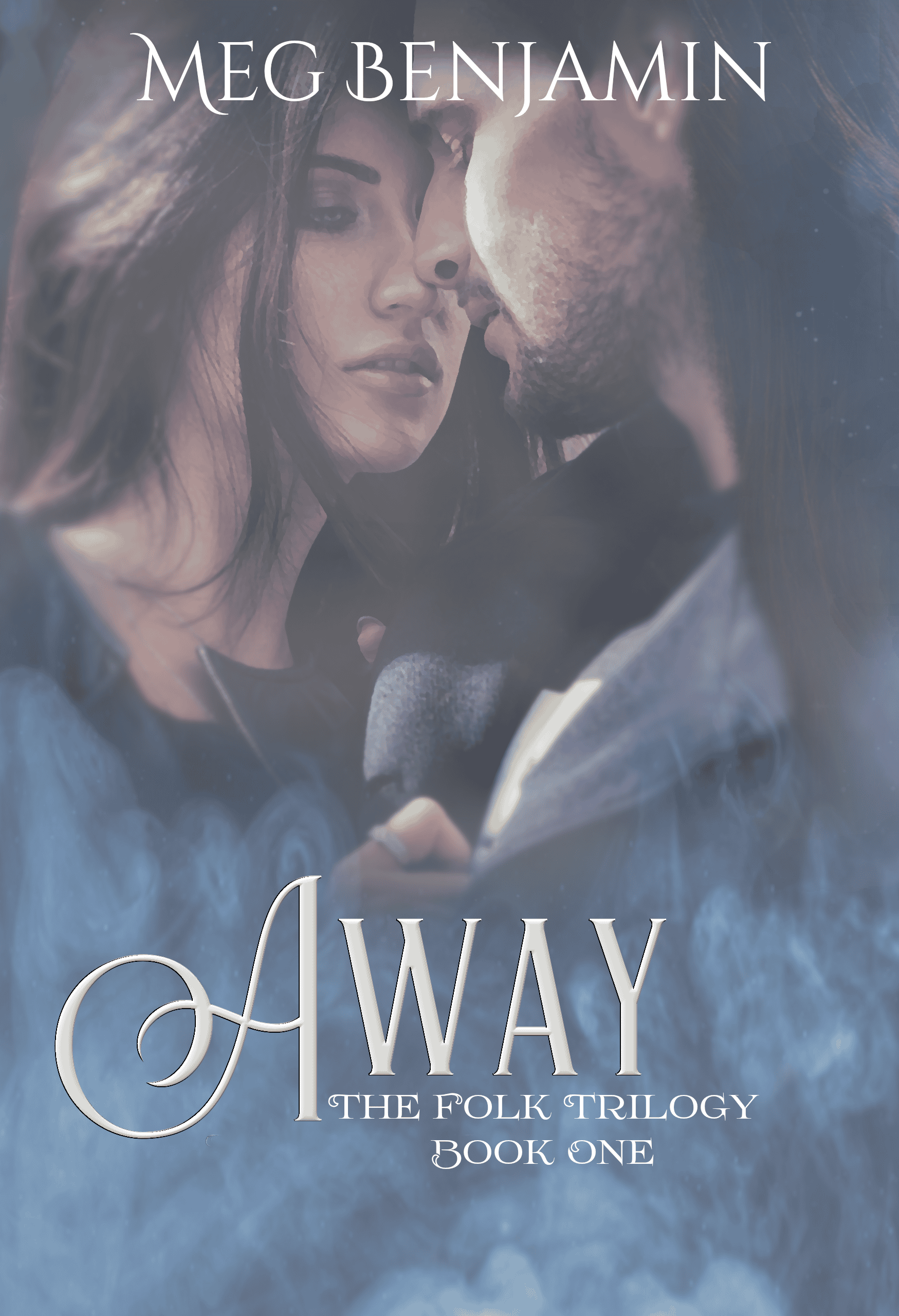The End Of the Affair
Romance authors have it easy, at least in one sense. Even if we do a series, we rarely have the same hero or heroine more than once. The characters who hook up in book one may drop in to advise the characters in book two (as Cal and Docia do in Wedding Bell Blues), but they stay hooked. And we romance writers can move on to the next couple secure in the knowledge that we don’t have to worry about couple one anymore.
Mystery writers, on the other hand, frequently have the same hero or heroine throughout the series—Gregor Demarkian is still around to solve crimes fifteen years after Jane Haddam introduced him in Not a Creature Was Stirring. Likewise Kate Shugak for Dana Stabenow, Deborah Knott for Margaret Maron, and, of course, Stephanie Plum for Janet Evanovich. The problem for these writers comes in giving the hero/heroine a romantic relationship that can endure through several books without becoming boring or pushing the main character into a dead end. And when that romantic relationship seems to have run its course, what do you do next?
The easiest way to deal with the flagging relationship is simply to break the couple up. Maron did that with Deborah’s game warden boyfriend who went back to his ex-wife, and poor Temperance Brennan had a double break-up in Bones To Ashes. It’s painful, and it leads to a couple of books where the hero/heroine mopes around, but unless the Significant Other was actually a stand-up guy or gal, a break-up makes it easier for the author (and the character) to move on.
If the SO is interesting or well-liked, getting rid of him or her is a lot tougher. Stabenow (in Hunter’s Moon) and Charlaine Harris (in A Fool and His Honey) went the distance—they actually killed off the SO. And in both cases, the authors ended up being pilloried for it by their fans. Stabenow in particular took a very heavy hit for killing off a character her readers liked a lot, but she’d clearly hit the wall with the relationship between Kate and her lover—marriage was in the offing, and Kate really wasn’t the type.
Some writers take the plunge and marry the heroine/hero off. Gregor married Bennis in Haddam’s last book. Maron married Deborah to her long-time friend Dwight, much to the delight of her readers. But marriage can mean the end of the series if the author doesn’t really want to carry on with a married heroine. This happened for Harris in two separate serires. Once she’d actually married Aurora Teagarden off to husband number two, that ended Aurora’s adventures. Similarly, Harris’s Shakespeare series ended once Lily Bard found her Jack. I don’t know what Harris plans for Harper Connelly, but since she’s finally found her true love, it doesn’t look good.
Some writers deal with the problem by leaving the whole question unanswered. Thus you have Stephanie Plum’s perpetual ping-pong between Joe Morelli and Ranger, to say nothing of the way Laurell Hamilton’s Anita Blake bounces from Jean-Claude to Richard to, well, whoever this year’s creature turns out to be. There’s a real question, though, as to how long this kind of suspended relationship can keep going. At some point, Stephanie’s going to have to go one way or the other, or the series loses its spark (I’m pulling for Morelli, myself).
Frankly, I’m glad I don’t have to deal with any of this. Cal and Docia are together, period. Similarly, Pete and Janie and Lars and Jess. There’s something to be said for not carrying your hero through for book after book. At least you don’t have to worry about how to get rid of a character you may have grown to like, and how to tend with another character’s heartbreak after that.
Posted in Blog • Tags: mystery novel series, On Reading | Be The First To Reply!








